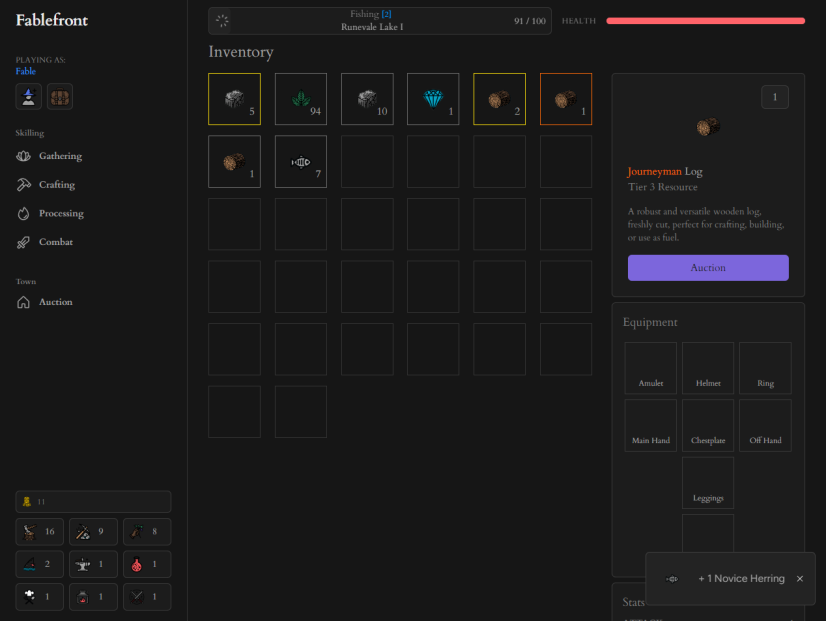Fablefront: A PBBG in 2024

In recent times, the allure of Persistent Browser-Based Games (PBBGs) and Multi-User Dungeons (MUDs) has diminished significantly. As the gaming landscape evolves, drawing new players to games that may seem graphically dated and constrained in terms of gameplay becomes increasingly challenging.
Yet, I was drawn to Fablefront, a project that captivated me both as a user and a developer, precisely because of the unique appeal of these games.
From a User’s Perspective: What fascinates me is the accessibility these games offer. They unlock entire worlds through a simple browser on a desktop or mobile device. Their modest graphics ensure easy loading and seamless engagement with an online community. Their design allows for casual play, perfect for gaming on the go or during work breaks.
As a Developer: These games enable me to concentrate on enriching the world and gameplay, liberated from the complexities associated with graphics, animations, and audio. This focus allows me to prioritize fun and engaging gameplay over aesthetic considerations.
Embarking on a solo game development journey is a formidable task. To streamline this process, I’ve chosen a tech stack that balances efficiency with functionality:
- Laravel: It’s excellent for rapid scaffolding and features an intuitive Job system.
- InertiaJS: This acts as a bridge between MVC frameworks and modern UI libraries within a single codebase.
- React: It’s my go-to for swift UI development and effective front-end state management.
Coupled with other tools like PostgreSQL, Redis, Soketi, and more, this stack is not just efficient but also scalable, supporting the intricate systems that evolve with the game and its user base.